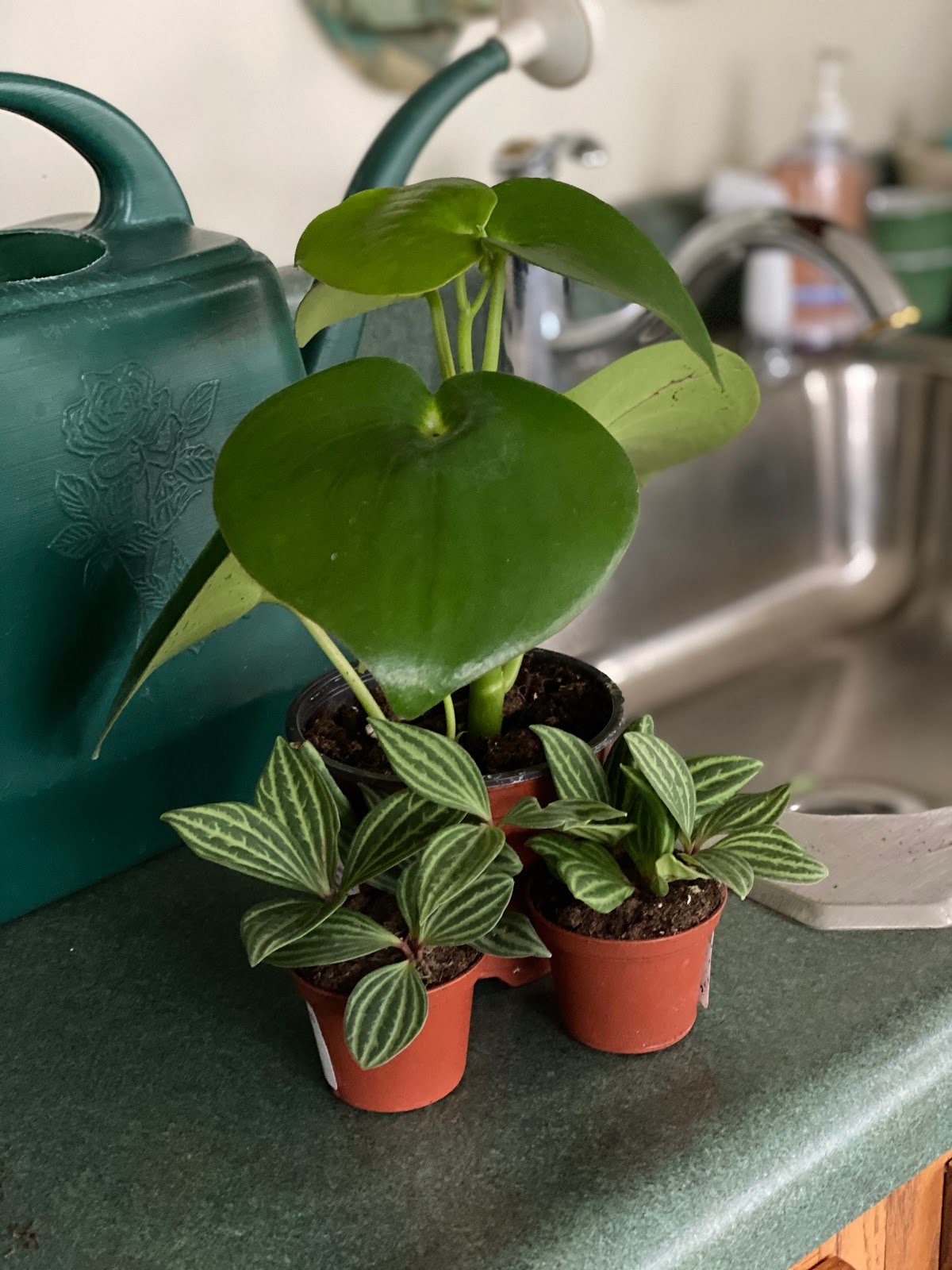
Get some houseplants, they say. It will improve the air quality in your home, they say.
Well, I say, get some houseplants. Period.
Because as it turns out, houseplants don’t really improve the air quality in your home, according to a recent study published in the Journal of Exposure Science & Environmental Epidemiology called “Potted plants do not improve indoor air quality: a review and analysis of reported VOC removal efficiencies.”
Now, don’t think for one minute that I read that journal on a regular basis. I don’t. I got that information from an email newsletter from Ball Publishing and noticed that the news is starting to spread.
No doubt, if you didn’t read it here, you will read it somewhere soon. News like that tends to travel quickly and get picked up by all kinds of organizations.
But as it turns out—and this is good news— most people aren’t buying houseplants to improve the air quality in their homes anyway. (Though, if you have a spouse who was balking at the number of houseplants you were buying, I bet you used that “improves air quality, honey” as one of the reasons to justify how many plants you were buying.)
The folks at Grow It! (a cool mobile app for gardeners) recently surveyed their members and determined the number one thing people are looking for when choosing a houseplant is vibrant colors/foliage. And at the bottom of the list of what folks look for in their houseplants: blooms, pet-friendly, size, and air purification.
I bought some new houseplants the other day, a couple of peperomias, which are popular right now. I’ll admit I bought them for the leaves. (See picture above.)
Today I discovered when I pulled the striped leaf ones from their little pots that they were barely rooted. In fact, a couple of the stems had no roots. They looked as though someone had recently cut them and stuck them in the pot.
Which leads me to advise that you check for a good root system before purchasing new houseplants. You can do this by seeing if there are roots growing out the bottom drainage hole or by gently pulling the plant out of its pot to inspect the roots. It should have a good mass of roots, mostly white, but not so many roots that it is pot bound.
While you are checking the roots, you should also inspect the plant to make sure it isn’t harboring something awful like mealybugs or spider mites. Mealybugs look like a white cottony-fluff. Spider mites look like little red dots and they might also have a bit of webbing if you look closely. If you see either of those two problems, put that plant down, and leave immediately. Don’t even consider buying any plants from that store or garden center.
I speak from experience when I tell you that mealybugs will rip through your entire houseplant collection in no time at all and you will end up having to throw out some good plants because of it.
The other thing to do when buying houseplants is to determine what kind of light exposure they will do best in. There is no sense in buying a plant that likes bright light if you don’t have a spot with bright light to put it in.
I’ve noticed that houseplants are often not as well labeled as the plants we buy to plant outdoors. I suspect that growers are doing all they can to pump out houseplants to keep up with their popularity and haven’t quite figured out that many of us want to know something about the plant before we buy it, other than “it has pretty leaves.” We want to know the full botanical name and variety (so we can forget it when someone asks us what it is!) light and water requirements, etc.
And that’s the truth about houseplants.


A very good essay about houseplants. I had not heard about the new study stating that houseplants aren't air fresheners. What I like about house plants is that they are comforting in winter time. It is nice to have that feel of being outside and communing with nature. You can bring nature right inside with you.
Thanks for sharing that research – Can't say I'm shocked. Most people use houseplants in their interiors as it's a fantastic way of adding colour and most plants are hardy (and don't need much TLC).